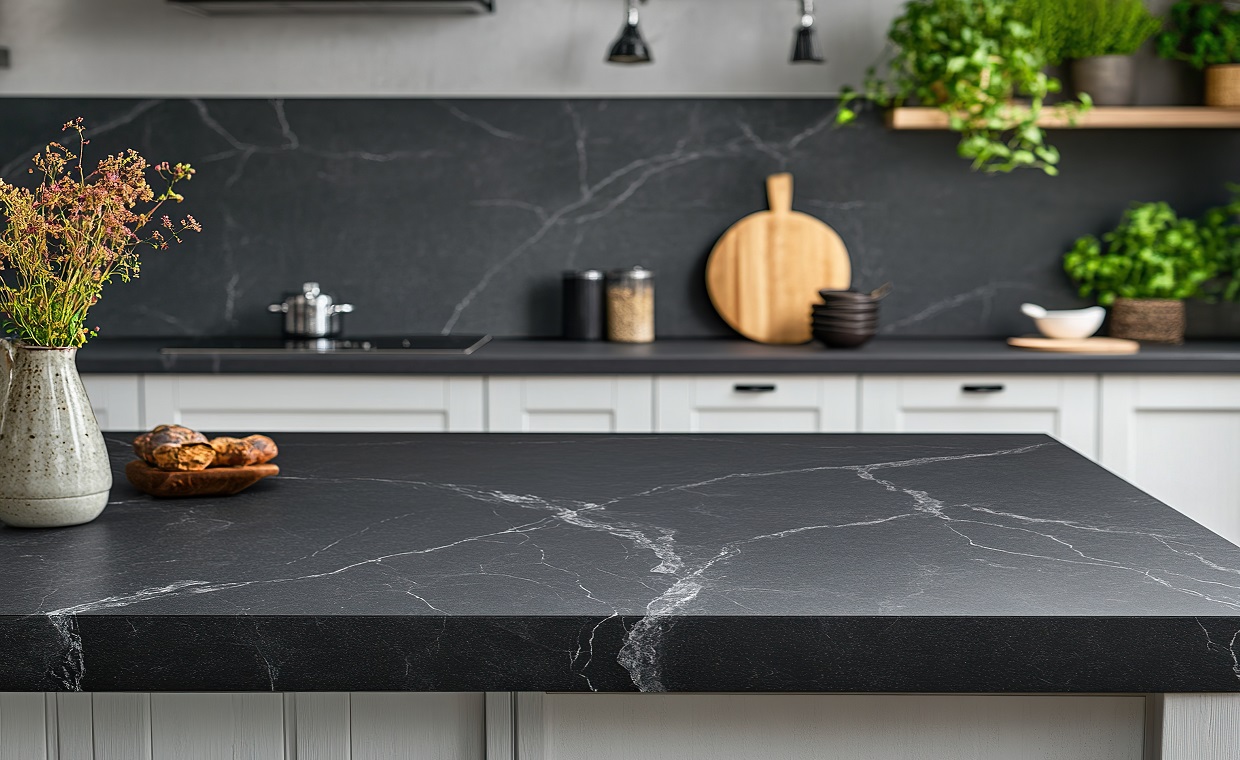
You hoped to freshen up your walls with a new coat of paint, but all you now have is an obnoxious sight of drips instead of a clean and uniform finish. Don’t worry; Gharpedia will help you hide your painting disaster. After reading this article on how to fix paint drips, you can proudly flaunt your neat walls as if nothing ever went wrong!
Paint dripping is a common problem when painting a woodworking project, cabinets, a wall, or wood trim. It can be frustrating when they dry before you notice them. The good news is that you can remove or repair the paint drips, splatters, and streaks even after the paint has dried.
What Causes Paint Drips?

Paint drips happen when you use an overloaded roller or paint brush to apply too much paint in a single coat. Excess paint runs due to gravity, and it thickens and dries in visible drips.
Using a paint roller too quickly across a wall can result in multiple paint runs. A heavily loaded roller also causes can result in streaks that only disappear once the paint is dry.
How to Prevent Paint Drips?
Take the following preventive measures to fix the paint drips:
For a Roller: Dampen the roller cover lightly, and then blot the excess moisture with a paper towel. This allows the paint to penetrate the nap and remove any surface lint from the roller packaging.

Roll the cover several times into the deep end of the paint tray. To saturate the roller, cover it fully and give it 10-12 rolls.
When rolling on the surface, the properly loaded roller should not drip, but you should not have to apply strong force against the surface as it can force the paint out of the roller nap.
For Brush: Start by lightly dampening the bristles of your brush with water to moisten the ends if you’re using water-based paint. (When using oil-based paint, use a high-quality brush). Then dip one-third of the total length of the bristles into the paint.

To remove excess paint, lightly wipe the brush against the inside of the colour can or tray. If you wipe the brush against the can’s rim, it fills it with paint, making it difficult to close and open the lid. Repeat this process twice to ensure that the bristles have absorbed enough paint to begin the painting.
How to Fix Paint Drips?
Before you start painting, set up a strong light source that can highlight drips as they happen while they’re still wet. This type of light is known as a “raking” light. It is typically a utility lamp that can sit on the ground. You can even clamp it to a pole and shine it directly onto the wall or object you are painting.
The light highlights the shadows and raised areas, allowing you to detect the paint drip as soon as it occurs. It also aids in the detection of dry drips.
Tools and Equipment Required to Fix Paint Runs

- Putty knife
- Small drywall knife
- Paintbrush
- Clean scraper or Razor blade
- 220-grit sandpaper
- Glazing putty
Procedure
1. Remove Drips from Wet Paint

If you catch the dripping paint while it is still wet, brush it out. You can experiment with a few brush strokes and see what happens. If it has little effect on the drip or the paint feels tacky, stop brushing. This means that the paint is already too dry, and any additional brushing will exaggerate the problem.
Ensure that the brush strokes are in the same direction as the surrounding area. Brushing in the opposite direction to remove the drip usually results in unsightly cross-strokes that are difficult to remove.
2. Allow the Paint Drip to Dry

Let the paint drip and the surrounding area dry completely before attempting to fix the problem. If the paint is still wet, it will peel up when you scrape or sand it, causing an even bigger problem.
3. Sand or Scrape the Paint Drip

A paint drip forms a raised area, which the lustre in the paint will highlight. So, after the paint has dried, cut down the raised area and scrape the drip lightly using a razor blade or clean scraper.
After removing the raised portion of the drip, use fine-grit sandpaper and carefully sand away the leftover drip. Remember that you should always sand along the wood or wall surface grain; otherwise, you could damage the surface even further! Once you have finished sanding, clean up any dust or residue with a damp cloth. Make sure to sand only the drip and not the surrounding paint.
4. Repair Any Damage

You may have scraped too deeply into the paint despite your best efforts. Fill any recessed areas using glazing putty while you are repairing damage.
Using a putty knife, spread the putty, scrape off the excess with a small drywall knife and then allow it to dry before sanding as directed.
To avoid problems with the topcoat, prime the puttied area first. Sometimes, when you apply the paint directly over the putty, it tends to develop pinholes or appear blotchy. This is known as paint flash.
5. Repaint the Area to Fix Paint Dripping

Now, it’s time to apply another coat of paint after flattent the drip. If you have used latex or acrylic paint, use a brush for small areas and a roller for larger ones.
Now, let the area dry completely before moving on to the next step. The blemish should be barely visible once the paint has dried.
6. Apply a Clear Sealer Paint

Apply a coat of clear sealer over the repaired area. This will help protect your walls from future damage. Blend in any remaining lines or imperfections.
Final Thought
Now you know that you don’t have to worry if you encounter those pesky paint drips because it is so easy to fix them. Get out there and show off your newfound expertise! Good luck, and happy painting!
And before you leave, don’t forget to read following article:
Effective Solutions to Common Painting Problems
Author Bio
Jennifer Kiminza – Jennifer Kiminza is a content writer and content marketing professional at Hub Spot, an inbound marketing and sales platform that helps companies attract visitors, convert leads, and close customers. Previously, Jennifer worked as a marketing manager for a tech software startup. She graduated with honors from Nairobi University with a dual degree in Business Administration and Creative Writing.






























